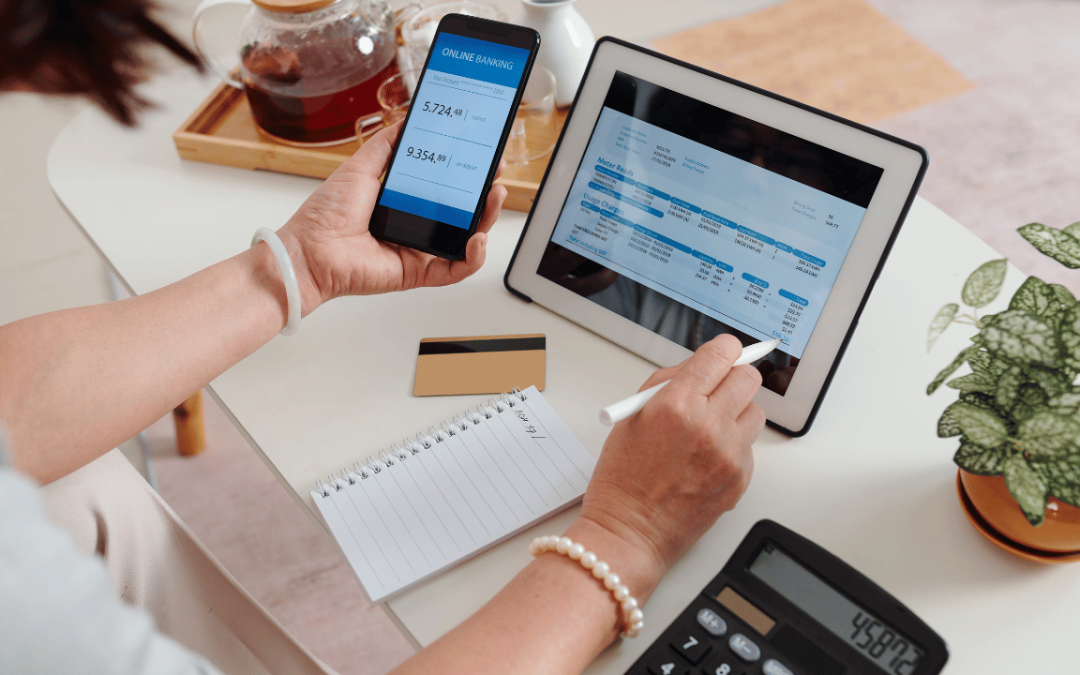Introduction
For many healthcare providers, the shift toward greater self-pay collections highlights a critical challenge: How to encourage patients to pay their bills promptly. Traditional billing portals are often cumbersome, unintuitive, and anxiety-inducing—resulting in slow payments, rising late balances, and increased administrative burden.
When billing systems feel confusing, patients may delay payments, abandon portal use, or require manual outreach—all of which increase operational costs and harm financial health. That’s where patient-centric UX design becomes a game changer.
By focusing on clarity, empathy, simplicity, and accessibility, billing portals become tools patients trust and use. A seamless experience reduces friction, boosts payment rates, and strengthens patient loyalty. In this guide, we’ll explore how thoughtful UX design can transform billing portals into patient-friendly platforms that empower users, support efficient collections, and reflect your organization’s compassion and professionalism.
Why UX Design Matters in Billing Portals
A well-designed billing portal goes beyond functionality—it builds trust and simplifies payments. Here’s why it matters:
- Improved Engagement
A portal that’s intuitive, mobile-friendly, and clearly structured encourages patients to pay bills online rather than wait. - Accessibility for All
Inclusive design ensures that elderly patients, those with disabilities, and individuals with lower digital literacy can navigate confidently. - Faster Payments & Reduced Staff Workload
Clear, understandable interfaces reduce scramble over phone support and manual processing, while accelerating payment completion. - Stronger Patient Loyalty
Respectful, user-friendly experiences reflect caring values and reinforce a provider’s reputation for empathy and ease.
Key UX Principles for Patient-Centric Billing Portals
1. Clear Dashboard and Navigation
Patients should land on a clean overview:
- A summary of balances.
- Easy access to recent statements.
- Prominent pay-now options and payment history.
2. Simple Authentication
Avoid complex login barriers:
- Use fingerprint or one-click email login.
- Retain login across sessions securely.
- Ensure easy password recovery.
3. Step-by-Step, Scannable Workflows
For multi-step tasks:
- Break tasks into clear steps with a progress indicator.
- Minimize input fields and avoid jargon.
- Use plain language (“Amount due” > “Outstanding balance”).
4. Mobile-First Design
Many patients use smartphones:
- Ensure layouts adapt cleanly to small screens.
- Buttons are large and easy to tap.
- Loading is fast—even on cellular networks.
5. Real-Time Notifications & Reminders
Keep patients informed with:
- Email or SMS reminders for due amounts.
- Push alerts after partial payments or reminders.
6. Secure, Embedded Payments
Allow payments without leaving the portal:
- Integrate digital wallet options.
- Provide unified QR codes or one-touch pay buttons.
- Show confirmation instantly after payment.
7. Accessibility for Diverse Needs
Design should enable:
- Clear headings and visual hierarchy.
- Compatibility with screen readers.
- Adjustable font sizes and color contrasts.
8. Feedback Loops & Support
Provide:
- Visible confirmation after actions.
- Brief explanations for errors.
- Link to support or FAQs focused on payments.
UX Design in Action: Best Practices
Personalized Experience
Customize the interface with:
- Patient name and appointment summaries.
- Suggested payment plans based on prior interactions.
- Tooltips explaining unfamiliar terms or insurance jargon.
Integration with Health Tools
Embed billing into existing patient health platforms:
- Pay directly from EHR dashboards.
- Link billing to treatment timelines or lab results.
- Provide bundled reminders for bills and upcoming visits.
Automated Support & Chatbots
Support interactions with:
- AI chat agents that can explain statements or payment options.
- Quick answers for common billing questions—without requiring phone support.
Visual Storytelling
Use visuals to guide actions:
- Color code late balances.
- Show due dates in timeline views.
- Highlight alternative payment options with icons.
Why UX Failures Hurt Self-Pay Collections
Poor UX often results in:
- Abandoned carts or payment sessions.
- More call center intervention for simple tasks.
- Frustration that damages brand reputation.
- Drop-offs when patients are overwhelmed by too much information.
Defining friction points—like too many form fields or unclear totals—is key to improving retention and payment rates.
FAQs: UX Design for Billing Portals
Q: Can better UX really boost payments?
Yes. Simpler, clearer designs increase conversion—meaning more payments made promptly and fewer support calls.
Q: Are mobile-friendly portals really that important?
Absolutely. Many users only access health tools via smartphones. Poor mobile design discourages use.
Q: How do we balance security with usability?
Use MFA or secure sessions, but streamline login via biometrics or email links. Quick authentication builds trust, but never at the expense of safety.
Q: How often should we test UX improvements?
Conduct regular usability tests, especially after major updates. Even small layout changes can impact clarity.
Final Thoughts + Call to Action
Transforming billing portals with patient-centric UX design pays dividends in trust, efficiency, and financial health. Thoughtful dashboards, easy navigation, mobile readiness, embedded payments, and emotional clarity all encourage patients to act—calming anxiety and improving collections.
At Outsource Receivables, we build billing solutions that respect patient experience while safeguarding your revenue. Let’s make billing a transparent, stress-free extension of the care you deliver.
Ready to reduce self-pay friction with UX-smart billing? Contact our team today to design billing portals that feel intuitive, safe, and patient-first.

